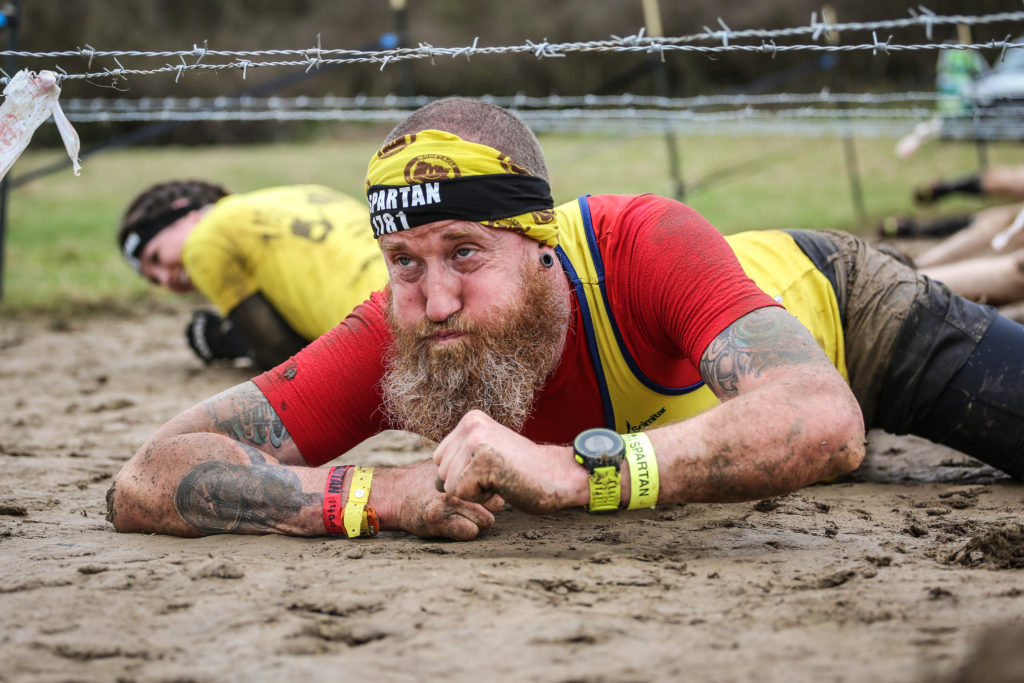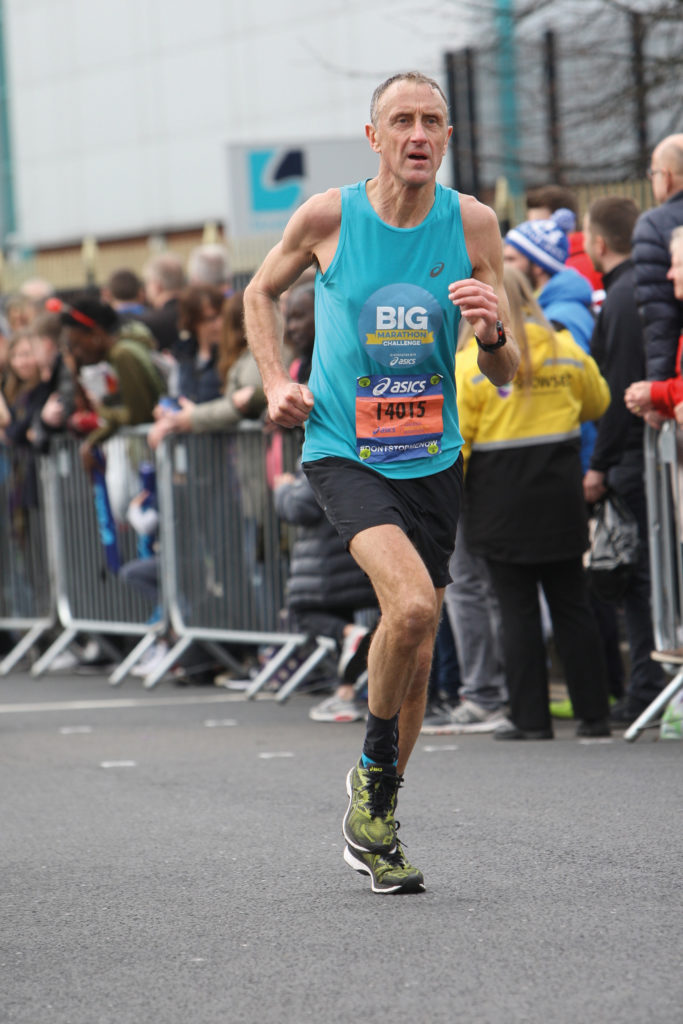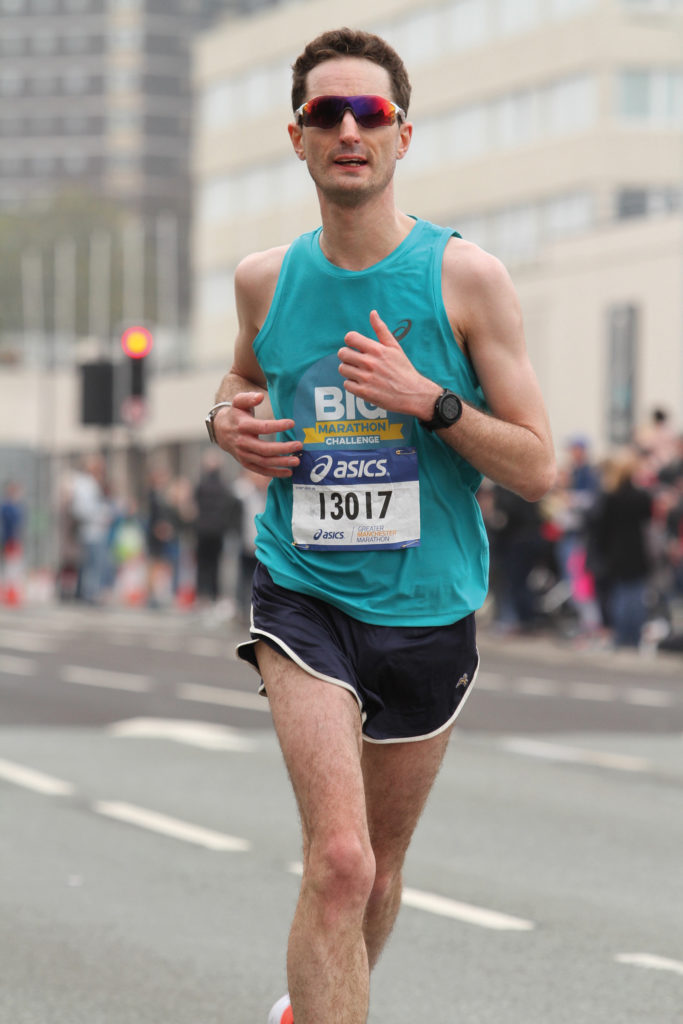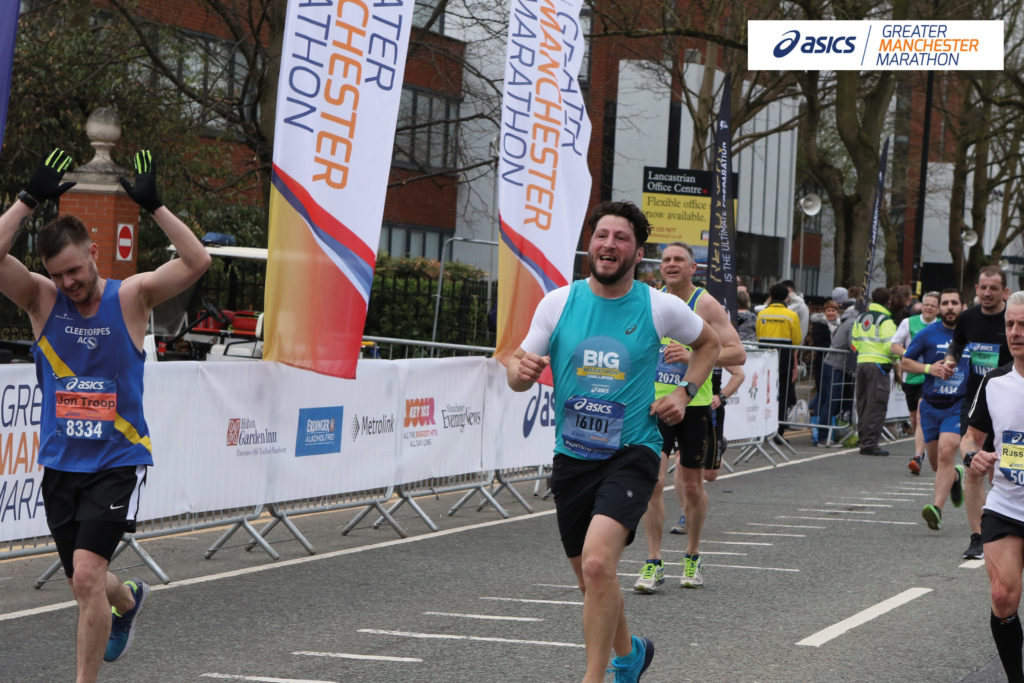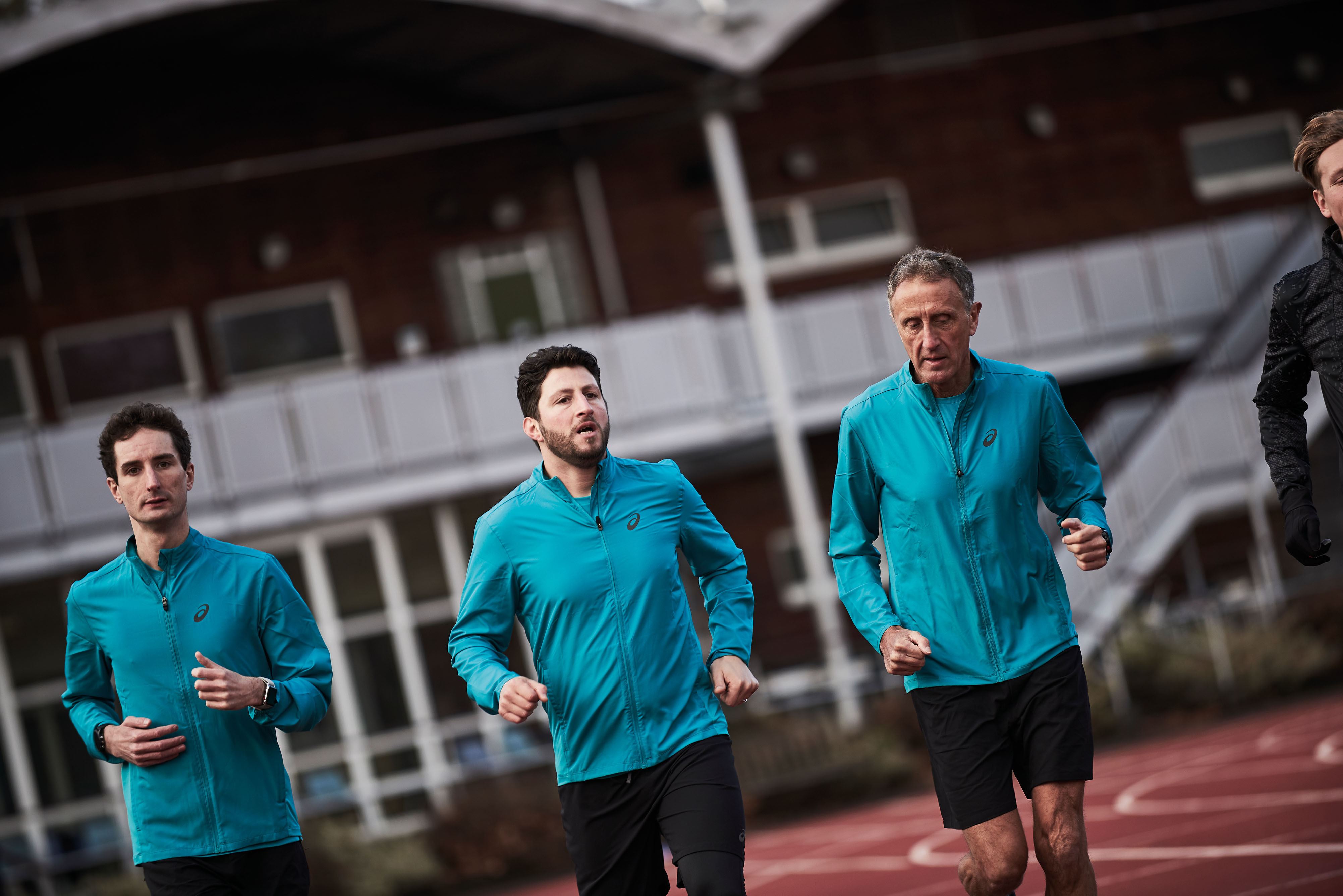For regular followers of my blogs and articles, you will know that I talk a lot about tailoring your nutrition to your training. So what does this really mean? In a society where we are always chasing our tails; trying to meet deadlines, update our status on social media, drop the kids at school and fit in quality training sessions not just junk miles, how on earth do you start to think about planning your nutrition? Let alone tailor it to your training?
To a certain degree, the trick is to be organised and know when your key sessions are going to be – are you going to try and fit in a 45min all out hill session within your lunch break, or are you one of the hundred’s of individuals that belong to a running club and so have a set night for a track session? In this way you can start to plan your nutritional intake; increasing carbohydrate in the 24-36 hours before these sessions, ensuring there is sufficient glycogen available to make the most and adapt from these sessions.
Most of you will be aware that as much as we may all just enjoy running, for those of us who are chasing a PB over a given event, putting in the right type of training makes a huge difference. You are never going to get faster at 5K or 10K if all you do is run easy five-times-a-week. You have to encourage your body to become comfortable running at a higher intensity, which often involves some discomfort in the training! That’s where the weekly track session can be a advantage as by running in a group, you will not only benefit from the support and camaraderie of your fellow runners but in most cases, the session has also already been decided for you! You just have to turn up and run!
I say that but actually fuelling for this session is fundamental to firstly not getting injured but also to actually adapt from it. The number of times I have received a message from an athlete telling me they have become injured; on closer examination of the events around this, I usually learn that they went into a track session poorly fuelled, thought they could still exert the same force as normal but actually over-reached, caused themselves a muscle strain/pull, as there just wasn’t sufficient energy available for them to cope with the session. Similarly I have worked with numerous individuals who fail to provide their body with the right amount of carbohydrate before their track session, for fear of gaining weight, go out and train but again, due to the poor fuelling, will not be able to exert the speeds required to cause progression.
So what should a typical day look like going into an evening track session? The following plan is based on a 70Kg male athlete and all recipes are available in Training Food, available to buy on Amazon or all good bookstores:
Breakfast: Blueberry Birchers Muesli – a combination of oats, blueberry compote with Greek yoghurt and honey.
Mid-morning: banana with 5 Brazil nuts
Lunch: aim for 70g carbs; 30g protein and 1 x essential fat; unlimited veg. you can split this into something like:
Salmon recovery wrap followed by 25g dried apricots
Super beans on toast followed by 100g Greek yoghurt with 1tspn honey
Prior to training include one of the following:
- 3 oatcakes with peanut butter
- 2 slices malt loaf with banana
- glass of milk and banana
- Greek yoghurt with fruit yoghurt and honey
- 8 brazil nuts and handful (about 40g) dried fruit
Recover with 500 ml flavoured milk.
Evening meal: 30g protein; vegetables and essential fat but add 70g carbs if high intensity training the next day.
Post-meal: hot chocolate; further 10g protein choice if still hungry
10g protein options include:
150g Cottage cheese
2 Scrambled eggs
50g Feta cheese mashed with 1/2 avocado
50g Almonds
15g Beef jerky
200ml glass of milk
100g Greek yoghurt
The final thing to remember is that after a hard training session such as a track session, it can actually take up to 72 hours for your body to recover and repair so its important to continue to think about this, especially if you have another tough session planned sooner.



